Stone Tape Theory is a fascinating concept that attempts to explain the phenomenon of ghostly apparitions being recorded in certain locations. This theory, which blends elements of archaeology, physics, and parapsychology, suggests that the environment itself can somehow store and play back memories or imprints of past events. In this article, we will delve into the basics of Stone Tape Theory, explore the scientific principles behind it, examine the controversies surrounding its validity, analyze its influence on popular culture, and discuss its potential for further research in the field of paranormal studies.
Understanding the Basics of Stone Tape Theory
The Origin and Evolution of the Theory
The origins of the Stone Tape Theory can be traced back to the 19th century, when spiritualists and psychical researchers began exploring the possibility that certain locations could retain the energy or residual impressions of past events, which could then be perceived as apparitions or hauntings. This intriguing concept captured the imagination of many, leading to further investigations and experiments.
However, it was not until the 1970s that the term “Stone Tape Theory” was coined by British parapsychologist T.C. Lethbridge, who suggested that minerals present in stone could act as a kind of recording medium for these paranormal phenomena. Lethbridge’s groundbreaking work brought attention to the idea that the Earth itself could hold the secrets of the past, waiting to be unlocked.
Over the years, the theory has evolved and incorporated insights from various fields of study, including quantum mechanics, environmental psychology, and geology. Researchers from different disciplines have come together to explore the mysteries of the Stone Tape Theory, each bringing their unique perspectives and expertise to shed light on this enigmatic phenomenon.
Key Concepts and Principles
At the heart of Stone Tape Theory lies the notion that intense emotional or traumatic events create a residue of energy that becomes imprinted on the surroundings. This residual energy, often referred to as a “psychic imprint,” can then be triggered under certain conditions, resulting in the playback of the recorded event. It is as if the very essence of the past is embedded within the fabric of the environment, waiting for the right catalyst to bring it back to life.
According to proponents of the theory, certain materials and geological formations have a higher propensity to retain these energy imprints. Limestone, quartz, and iron-rich deposits are commonly cited as conducive environments for the preservation of these psychic impressions. The unique composition and properties of these substances are believed to enhance the recording and storage capabilities, acting as a kind of natural tapestry that captures the echoes of time.
Moreover, environmental factors such as temperature, humidity, and geomagnetic activity are thought to play a role in the playback of these recorded events. It is speculated that these external conditions create the perfect stage for the energy imprints to manifest, allowing the past to momentarily intertwine with the present. The delicate balance between these factors is crucial in unlocking the hidden narratives that lie dormant within the stones.
The Science Behind Stone Tape Theory
The Role of Energy in Stone Tape Theory
The core concept of Stone Tape Theory revolves around the transfer and storage of energy. While traditional scientific models may not explicitly account for paranormal phenomena, proponents of Stone Tape Theory suggest that the recorded events are not supernatural in nature, but rather manifestations of natural energy imprints. Various forms of energy, such as thermal energy, electromagnetic radiation, and even bioenergetic fields generated by living beings, are believed to play a role in the recording and playback process.
For example, thermal energy, or heat, is known to have a profound impact on the physical properties of materials. It can cause expansion, contraction, and even structural changes. Stone Tape Theory proposes that intense emotional or traumatic events could generate significant amounts of thermal energy, which in turn could be absorbed by the surrounding environment, including rocks, walls, or other solid objects. This absorbed energy could then be released and replayed under certain conditions, creating the illusion of a ghostly presence.
Furthermore, proponents of Stone Tape Theory argue that electromagnetic radiation, such as radio waves or microwaves, could also contribute to the recording and playback of paranormal events. These forms of energy are known to interact with matter, and it is theorized that they could imprint information onto the physical structure of objects. When conditions are right, this information could be released and perceived as ghostly phenomena.
It is worth noting that the scientific community at large remains skeptical of the existence of these supernatural energies, and no conclusive empirical evidence has been presented to support the claims made by Stone Tape Theory. Critics argue that many alleged paranormal occurrences can be explained through psychological factors, environmental influences, or straightforward hoaxes.
Debunking the Material Aspect of the Theory
Another point of contention surrounding Stone Tape Theory is the emphasis on physical substances, such as minerals or geological formations, as the storage medium for these energy imprints. Skeptics argue that there is currently no scientific evidence to support the assertion that inanimate objects can retain and playback past events in the manner proposed by Stone Tape Theory.
However, proponents of the theory counter this skepticism by pointing to the unique properties of certain materials. For instance, quartz crystals have long been associated with spiritual and metaphysical properties due to their ability to store and amplify energy. It is suggested that certain geological formations, rich in quartz or other similar minerals, could act as natural recorders of energy imprints. These formations, with their intricate structures and unique composition, may possess the necessary properties to retain and release energy in a way that aligns with Stone Tape Theory.
Additionally, critics point out that the brain’s tendency to interpret patterns and construct narratives may contribute to the perception of ghostly apparitions in allegedly haunted locations. These visual and auditory illusions could be reinforced by environmental cues, psychological biases, and the power of suggestion.
Despite the ongoing debate and lack of concrete evidence, Stone Tape Theory continues to intrigue and captivate both believers and skeptics alike. It serves as a reminder of the mysteries that still exist within the realm of the unknown, and the ongoing quest to understand the unexplained phenomena that surround us.
Criticisms and Controversies Surrounding Stone Tape Theory
Scientific Scrutiny and Skepticism
As with any paranormal theory, Stone Tape Theory has faced skepticism and scrutiny from the scientific community. The lack of empirical evidence and the reliance on anecdotal accounts and subjective experiences make it difficult to subject the theory to rigorous scientific testing.
Scientists argue that the burden of proof lies with those who propose extraordinary claims, such as the existence of stored energy imprints, and until such evidence is presented and independently validated, Stone Tape Theory will remain on the fringes of scientific acceptance.
The Parapsychology Debate
Stone Tape Theory, being rooted in the realm of parapsychology, has also encountered controversies within the field itself. Parapsychology investigates phenomena that go beyond the scope of traditional scientific disciplines, often straddling the boundary between science and belief.
Skeptics argue that parapsychology lacks the methodological rigor and reproducibility that are fundamental to the scientific enterprise. While there have been attempts to subject Stone Tape Theory to controlled experiments, often referred to as “haunted house” or “field investigations,” the results have been inconclusive and subject to interpretation.
The Stone Tape Theory in Popular Culture
Influence on Horror Films and Literature
Stone Tape Theory, with its intriguing blend of science and the supernatural, has left an indelible mark on the world of horror films and literature. The concept of haunted locations replaying past events has been a recurring theme in countless ghost stories, ranging from classic works of Gothic literature to modern-day horror movies.
Some notable examples include Shirley Jackson’s “The Haunting of Hill House,” Richard Matheson’s “Hell House,” and the popular film “The Conjuring.” These stories tap into the primal fear of the unknown, while also drawing inspiration from the mysterious allure of Stone Tape Theory.
The Theory’s Impact on Ghost Hunting Practices
Stone Tape Theory has also influenced the methods and techniques employed by paranormal investigators and ghost hunters. Many of these enthusiasts use electronic devices, such as electromagnetic field (EMF) meters and thermal cameras, to detect and document supposed energy imprints and other paranormal phenomena.
While these practices may add an element of scientific legitimacy to the pursuit of paranormal evidence, critics argue that they often suffer from methodological flaws and confirmation biases. In many cases, the results obtained can be easily explained by natural or environmental factors, rather than supernatural forces.
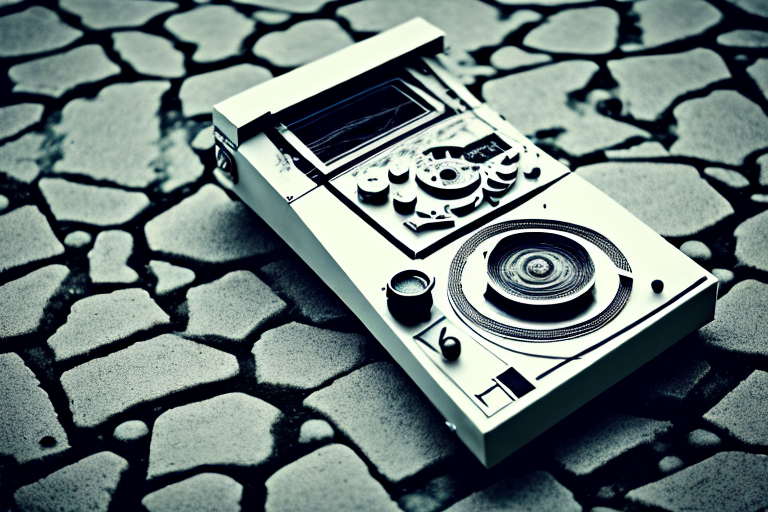
The Future of Stone Tape Theory
Potential for Further Research
Despite the criticisms and controversies surrounding Stone Tape Theory, some researchers believe that it warrants further investigation and exploration. The complexities of human perception, the mysteries of consciousness, and the unexplained aspects of the natural world continue to pique the curiosity of scientists, parapsychologists, and enthusiasts alike.
Advancements in technology and the increasing interdisciplinary collaboration between different fields of study may provide new avenues for shedding light on the enigmatic nature of Stone Tape Theory. Controlled experiments, rigorous data collection, and the application of scientific methodologies could offer fresh insights into this fascinating area of research.
The Theory’s Place in Modern Paranormal Studies
While Stone Tape Theory remains on the fringes of scientific acceptance, it has become a subject of interest for scholars and enthusiasts in the field of paranormal studies. Paranormal investigations, psychic research, and discussions surrounding the nature of consciousness continue to captivate the public’s imagination.
As modern scientific disciplines evolve and our understanding of the universe expands, it is possible that Stone Tape Theory, or at least some of its underlying concepts, may find their place in a broader framework of knowledge. Until then, the enigma of Stone Tape Theory will continue to intrigue and divide researchers and skeptics alike.


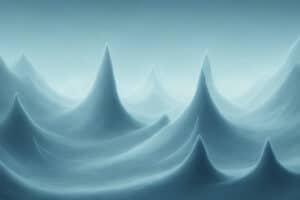
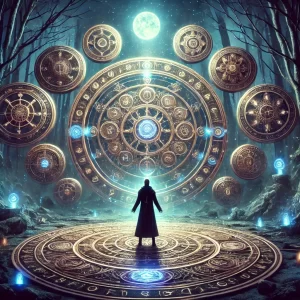
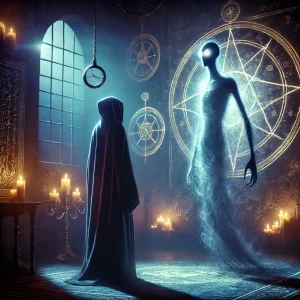
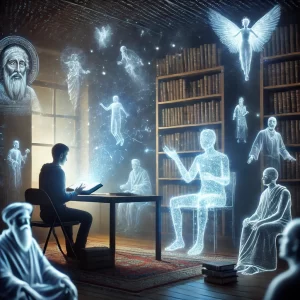











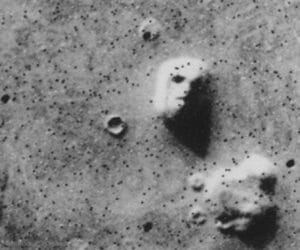



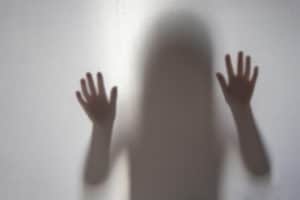


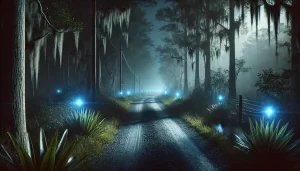











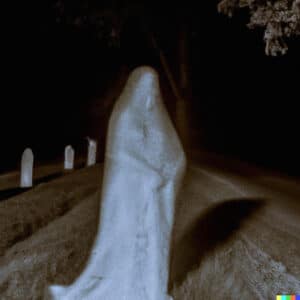

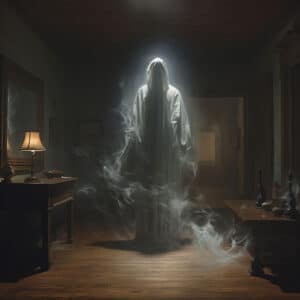
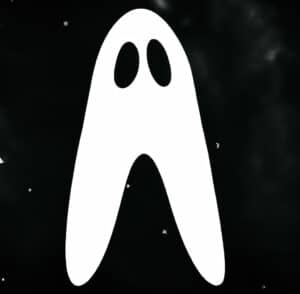

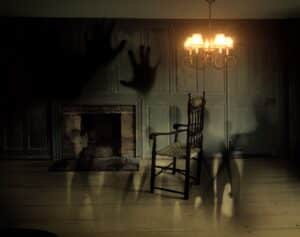






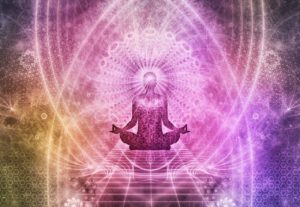

Leave a Reply